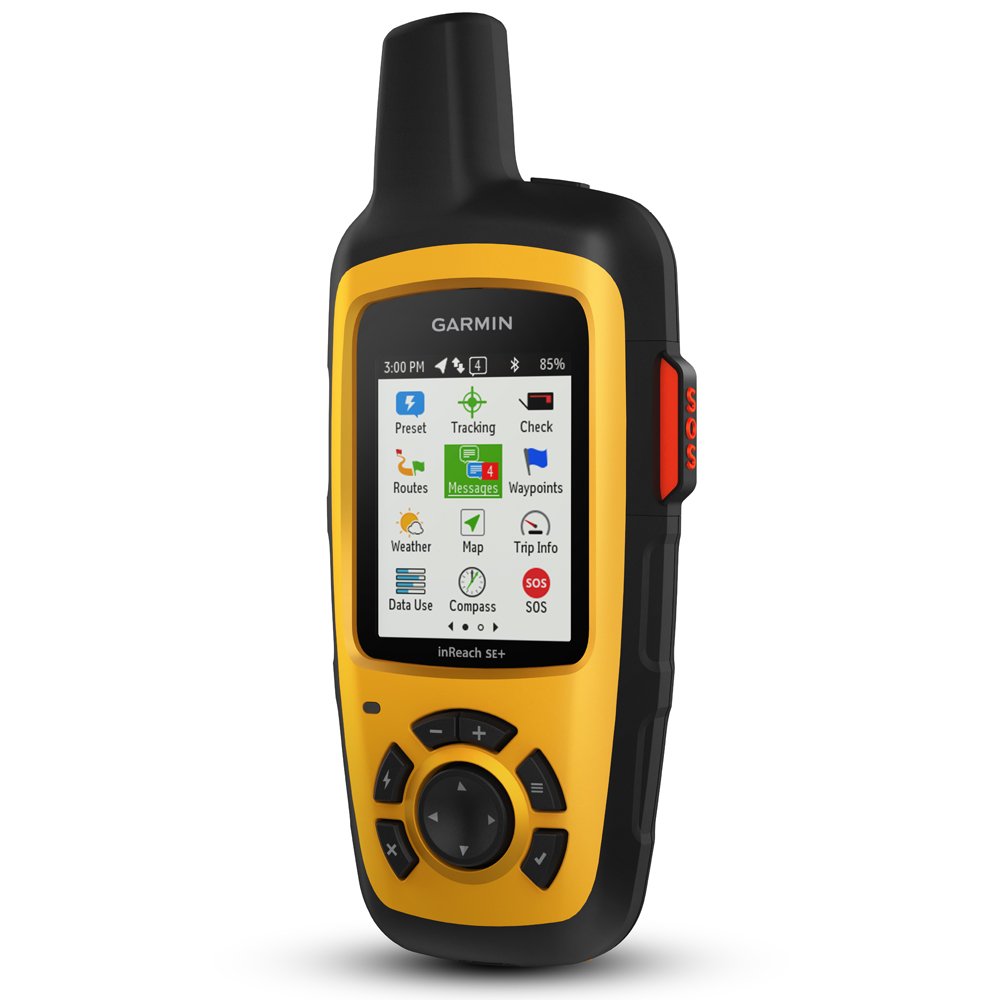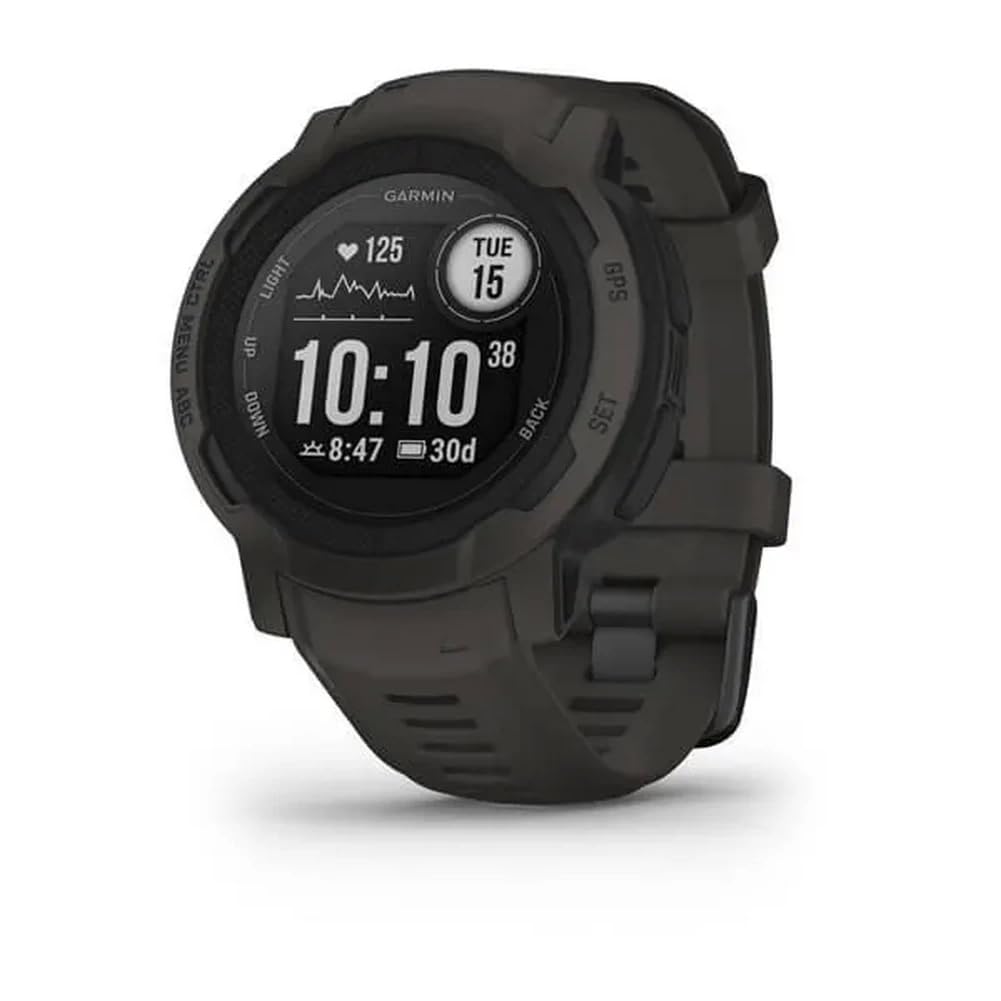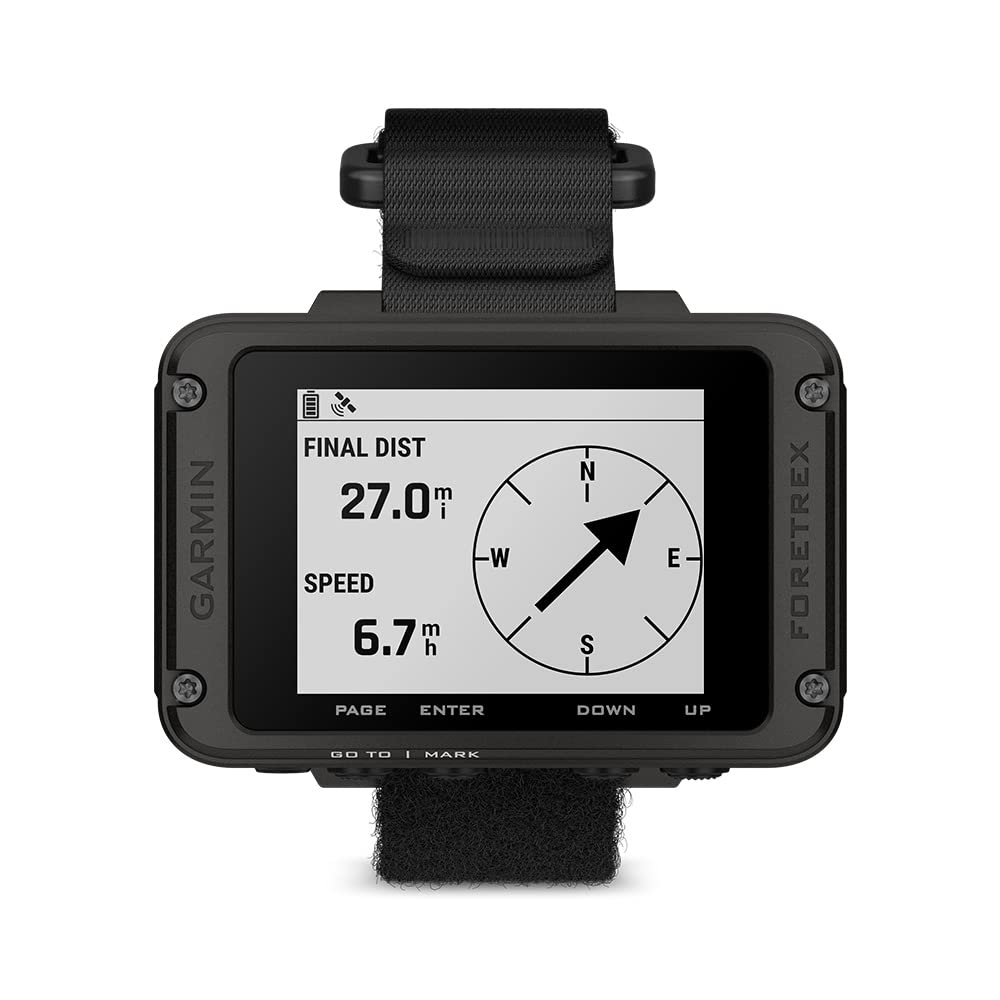Smartphone navigation apps for hiking have transformed the way we explore the outdoors.
They make it easier and safer to venture off the beaten path.
With a wide range of features designed for hikers, including offline maps, GPS tracking, and trail recommendations, these apps can enhance our hiking experience.
They provide crucial information at our fingertips.
Whether we are navigating a familiar trail or exploring new territory, having a reliable navigation app ensures that we stay oriented and can make informed decisions about our routes.
When choosing a navigation app for hiking, it’s essential to consider several factors.
The availability of offline maps is critical, as cell reception can be spotty in remote areas.
User-friendly interfaces matter too; we want an app that is easy to navigate while on the move.
Other important features might include the ability to track our progress, mark waypoints, and access community-generated content such as trail reviews and photos.
Selecting an app that balances these essentials can significantly improve our hiking adventures.
As we explore the best smartphone navigation apps for hiking, we’ll highlight key features and user experiences that can help us decide which app is the best fit for our outdoor activities.
Best Smartphone Navigation Apps for Hiking
When we head out on our hiking adventures, having the right navigation app can make all the difference.
We’ve put together a list of the best smartphone navigation apps that can help us stay on track and explore new trails with confidence.
Check out our selections to find the perfect app for your next outdoor experience!
Garmin eTrex 10
This handheld GPS navigator is an affordable option for those venturing into the great outdoors.
- User-friendly with a clear monochrome display.
- Lightweight and durable, perfect for hiking.
- Long battery life powered by AA batteries.
- Limited color display compared to modern devices.
- Fewer advanced features than high-end models.
- May require a learning curve for new users.
The Garmin eTrex 10 stands out with its high-sensitivity GPS receiver, which helps us quickly pinpoint our location even in challenging environments.
A simple 2.2-inch monochrome display presents essential information without overwhelming us with details.
It’s lightweight and rugged, making it ideal for outdoor activities.
Battery life is impressive, lasting up to 20 hours on just two AA batteries.
This feature is especially handy when we’re out on longer hikes where charging options are limited.
The waterproof design provides additional peace of mind against the elements.
While it may not have the colorful maps or intricate features of some pricier models, the eTrex 10 gets the job done for those who prioritize reliability and simplicity.
Its functionality for geocaching and ease of use makes it a solid choice for outdoor enthusiasts looking to navigate effectively.
Garmin inReach Mini 2
For hikers seeking reliable communication during remote adventures, this compact gadget stands out as a solid choice.
- Lightweight and portable design makes it easy to carry.
- Two-way messaging ensures we can stay in touch wherever we go.
- Long battery life allows multiple days of use between charges.
- Requires a subscription for full functionality.
- Limited to environments with satellite coverage.
- Initial setup may involve a learning curve.
When we venture into the wilderness, staying connected can provide peace of mind.
The Garmin inReach Mini 2 excels in this regard with its ability to send messages and trigger SOS signals, even in areas devoid of cell service.
This small satellite communicator packs a punch, making it a go-to option for safety-focused hikers.
Functionality is a key strength, as it offers TracBack routing, allowing us to retrace our steps easily if needed.
Sharing our location with friends or family back home is equally enabled through the MapShare feature, so loved ones always know where we are.
Battery longevity is another notable point.
With up to 14 days in tracking mode, we can embark on extended trips without frequent charging interruptions.
It’s built for outdoor enthusiasts aiming for reliability amid the unpredictability of nature.
We recommend checking it out to elevate our hiking experiences while ensuring safety remains a priority.
Garmin inReach SE+
This device is a reliable companion for our outdoor adventures, ensuring we stay connected even in isolated locations.
- Offers global satellite coverage for reliable communication.
- Equipped with SOS functionality for emergencies.
- Connects with mobile devices for enhanced mapping and tracking.
- Requires a subscription for satellite services.
- Some users mention the learning curve for optimal usage.
- Battery life may vary, especially during intense use.
This Garmin device stands out as a top pick for those of us who love hiking and exploring off the beaten path.
Its satellite connectivity means we can send messages and call for help no matter how far we wander.
For tracking our location, the inReach SE+ shines, enabling us to share our progress with family and friends.
This feature provides a sense of security while enjoying nature.
Plus, pairing with the Earthmate app offers access to detailed maps and other essential resources.
While it has its drawbacks, such as needing a subscription plan, the benefits for outdoor navigation and safety truly outweigh them.
Whether embarking on a hiking trip or venturing into remote areas, the Garmin inReach SE+ becomes an invaluable part of our gear collection.
Garmin Instinct 2
This rugged smartwatch is a solid choice for anyone looking for reliable GPS navigation during hikes and outdoor activities.
- Built tough for harsh conditions, including water resistance up to 100 meters.
- Impressive battery life, lasting up to 28 days in smartwatch mode.
- Offers robust health monitoring features, providing useful insights about our well-being.
- Some users may find syncing with other apps to be challenging.
- Not all health features, like Pulse Ox, are available globally.
- The interface might take some time to get used to for new users.
The Garmin Instinct 2 stands out with its durable design, making it ideal for outdoor enthusiasts.
We appreciate how it can withstand various weather conditions without compromising performance.
Additionally, its compatibility with multiple satellite systems helps us stay oriented, even in remote areas.
Tracking our activities is straightforward thanks to the built-in sports apps.
Whether we’re running, swimming, or biking, the watch adapts to our preferred activities seamlessly.
The smart notifications keep us connected while we’re on the trail, adding to its overall functionality.
Though the smartwatch offers multiple health-monitoring features, some users experience difficulty when connecting to external apps.
Despite these minor setbacks, the watch’s long battery life and rugged features make it a compelling option for those who value both durability and functionality on their adventures.
Garmin Foretrex 801
This wrist-mounted GPS is a top contender for anyone seeking navigation support during hiking adventures.
It offers accurate tracking, detailed topographic maps, and a durable design to withstand harsh outdoor conditions.
Compared to some of the best handheld GPS units, this device provides the convenience of hands-free operation without compromising on essential features.
With long battery life and reliable satellite connectivity, it ensures hikers stay on course even in remote locations.
- Exceptional battery life, lasting up to 100 hours in GPS mode.
- Rugged design meets military standards, ensuring durability.
- Enhanced visibility with a screen that’s easy to read in various lighting.
- Requires an active subscription for some advanced features.
- Might feel too basic for users seeking extensive functionalities.
- A monochromatic display may not appeal to everyone.
The Garmin Foretrex 801 is engineered for those who venture off the beaten path.
With its impressive battery life, we can confidently explore for days without worrying about power.
The built-in tactical features, like jumpmaster mode and stealth mode, cater to both casual hikers and serious adventurers.
Navigational accuracy is one of the standout aspects, thanks to its upgraded multi-band signal reception technology.
We can trust that we’ll get precise positioning, no matter where we roam.
The device’s rugged nature means we can take it through tough terrains without stress, and its IPX7 water rating adds an extra layer of protection.
While the basic navigation functions are efficient, some users might find themselves wanting more comprehensive features.
Connecting with the Garmin Explore app allows for route planning and reviewing, but an active subscription is necessary for certain messaging functions.
Despite this, the Foretrex 801 remains a reliable choice for navigating the wilderness effectively.
Buying Guide
When selecting the best navigation app for hiking, we should consider several key features.
Features to Look For
| Feature | Importance |
|---|---|
| Offline Maps | Ensure we can access maps without cell service. |
| Trail Information | Look for detailed trail data, including difficulty. |
| GPS Accuracy | A reliable GPS can keep us on the right path. |
| User Reviews | Feedback from other hikers helps with decisions. |
| Battery Efficiency | Important for long hikes where charging options are limited. |
Compatibility
It’s crucial to check if the app is compatible with our smartphone’s operating system.
Some apps may only work on specific systems or might require updates for optimal performance.
User Interface
We prefer an app with an intuitive interface.
A clean layout and easy navigation make it simpler to use while on the trail, reducing the chances of getting lost.
Customization Options
Personalization features can enhance our experience.
Let’s look for apps that allow us to mark favorite trails, create custom routes, or adjust settings according to our needs.
Data Usage
If we’re concerned about data limits, consider apps that use less data or offer an offline mode.
This way, we can explore without worrying about exceeding our data plan.
Frequently Asked Questions
Let’s explore some common queries about hiking navigation apps.
We’ll cover top-rated apps, features to look for, and how various options stack up against each other.
What are the top-rated navigation apps for hikers?
Some of the top-rated navigation apps include Gaia GPS, AllTrails, and Komoot.
These apps are frequently praised for their user-friendly interfaces and extensive map features.
Each one has its own strengths, catering to different hiking preferences.
Which hiking apps offer downloadable maps for offline use?
Apps like Gaia GPS, AllTrails, and Maps.me allow users to download maps for offline access.
This feature is crucial for hikers exploring remote areas where cell service may be unreliable.
Offline maps ensure that we can navigate confidently without drainage on our mobile data.
How does Gaia GPS compare to other hiking navigation apps?
Gaia GPS stands out with its robust mapping features and extensive trail information.
It offers customizable maps and tracks, which can be ideal for serious hikers.
While it has a subscription fee, many users find it worth the investment for its reliability and detail.
Are there any reliable free navigation apps suitable for hikers?
Yes, there are several free options available like AllTrails and Komoot.
These apps provide essential features for navigation and route planning.
While premium versions are available, the free versions still offer reliable tools for casual hikers.
What features should I look for in a hiking app for my iPhone or Android device?
How do popular hiking apps like AllTrails measure up against each other?
AllTrails is known for its comprehensive trail database and user reviews, making it a popular choice.
Meanwhile, other apps like Gaia GPS may offer more advanced tools for serious hikers.
Each has unique features, which can suit different levels of hiking expertise and preferences.






